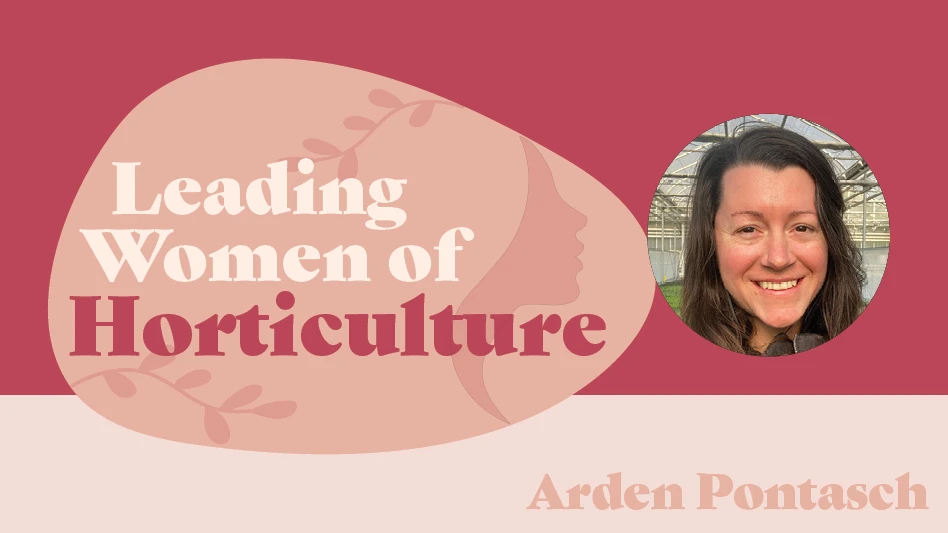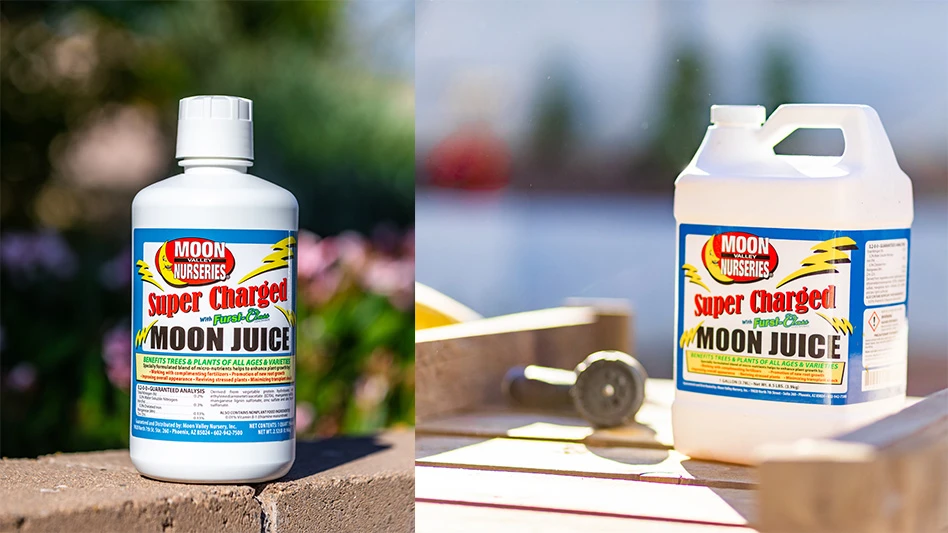
As the growing season progresses, you might not notice much about what’s happening to plants under the soil. Most of us pay attention to new shoots, stems, leaves, and eventually the flowers and crop we intend to grow. We might think of roots as necessary, but uninteresting, parts of the crop production process.
Paul Hallett and his team disagree. They focus on what’s going on in the soil with the plant’s roots.
The zone of soil that surrounds a plant’s roots is called the rhizosphere. It’s the combination of the Latin words for “root” and “area.” And it’s a busy location for important–but hidden–crop production processes.
In the rhizosphere, plants make a variety of chemical compounds called exudates. Hallett and fellow researchers at the University of Aberdeen look at the effects that exudates have on the plant and surrounding soil community. Their unique work takes small-scale measurements near the surface of the roots. The properties here can be very different from the rest of the soil.
“Roots continuously secrete chemicals into the soil as a way to liberate nutrients that are attached to soil particles,” says Hallett. In human digestion, the stomach secretes gastric juices to help break up food; exudates are the plant equivalent of gastric juices.
Hallett describes exudates’ chemical composition as “a veritable cocktail or ‘buffet’ of resources for anything in the rhizosphere.” In addition to helping plants procure nutrients, exudates are food sources for the microbes that are an important part of the soil microbiome.
Exudates also have an important role in holding soil together. Roots and fungi that live in the soil hold together larger clumps of soil, but exudates work on the micro level. Like glue, they hold together soil particles in important mechanical networks. Soil scientists call these soil networks aggregates.
Whereas the binding effects of roots and fungal networks are usually long-term, exudates’ influence on the soil can be fleeting. “Root exudates won’t last in their original form for long in the soil, as they get consumed and transformed by microbes,” says Hallett. This process can completely destroy the exudate or create even better compounds for binding soil particles.
“Plant root exudates have a massive impact on aggregate formation,” says Hallett. “They do this through a number of ways, including acting like glues or changing how quickly the rhizosphere wets up and dries with rainfall and evaporation.”
Hallett’s team researched the effects of exudates on different types of soil. They researched environments with a sandy loam soil texture versus a clay loam texture. This is important because chemical reactions between the exudates and soil particles vary with soil type.
They also researched various plant exudates from barley and corn. They found that barley’s exudates increased how well soil particles are bound together, but not as much as corn. They also found that while barley exudates didn’t impact soil water repellency, corn exudates did.
Research such as Hallett’s shows that during the growing season–and beyond–there are delicate interactions between each plant and the surrounding soil. All of these interactions affect the amount of water that is captured by soil and absorbed by plants. Production of exudates also affects how well the plants can pull vital nutrients out of the soil, and even affects the soil in the rhizosphere.
Future research for Hallett’s team will include looking at exudate production along plants’ roots. They’ll also look at the age of roots, and whether younger roots produce exudates with different soil-holding and water-absorbing qualities.
Read more about Hallett’s research in Vadose Zone Journal. Funding for this project came from the Biotechnology and Biological Sciences Research Council (BBSRC) project ‘Rhizosphere by Design’ (BB/L026058/1, BB/J000868/1, and BB/J011460/1).
Photo by Glyn Bengough: Exudate at the tip of a maize root.
Article provided by the American Society of Agronomy, Soil Science Society of America and Crop Science Society of America.
Latest from Nursery Management
- Society of American Florists accepting entries for 2025 Marketer of the Year Contest
- Sustainabloom launches Wholesale Nickel Program to support floriculture sustainability
- American Horticultural Society welcomes five new board members
- Get to know Christopher Brown Jr. of Lancaster Farms
- American Floral Endowment establishes Demaree Family Floriculture Advancement Fund
- The Growth Industry Episode 3: Across the Pond with Neville Stein
- The Growth Industry Episode 2: Emily Showalter on how Willoway Nurseries transformed its business
- March 2025 issue recap






